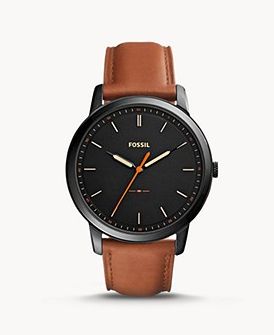
WHAT IS A FITNESS BRACELET REALLY?

Not only fitness bracelets , but also smartwatches can now monitor users' physical activity, measure heart rate, count calories burned, steps taken, etc. This data can then be recorded in many different applications.
This is a trend that looks very positive at first glance. But not only avid athletes, but also ordinary people are interested in physical activity. For those who want to lose weight, such a fitness bracelet should become a welcome assistant. But what if it isn't?
Research shows just the opposite.
Dr. John Jakicic and a team from the University of Pittsburgh watched 470 people lose weight in 2 years. Adults with BMI values between 25 and 40 were on a low-calorie diet and should simultaneously increase their physical activity. After 6 months, half of the study participants received a device that recorded their activity.
The participants who received the equipment became surprisingly less active. A fitness bracelet is useful, but research has shown that it can also be a demotivating element. you can clearly see how difficult it really is. If a person fails to achieve his daily goal, then he can give up his dream.
However, if he belongs to a group of people who are guided by the number of calories burned / steps taken, then this is definitely a good choice. A mobile phone can also be used in a similar way. There are a number of exercise apps that use gameplay elements to motivate users.
FARMING IS MORE ACTIVE IN INTRODUCING FITNESS BRACELETS
American farming will increasingly use fitness trackers to monitor the health of its cows cgmimm.com/blog/how-to-wear-a-luxury-watch, said Barbara Jones, director of the Southwest Regional Dairy Center at the University of Texas at Tarleton.
This technique attracts farming by the fact that it allows diagnosing various diseases of cattle at an early stage and starting treatment in a timely manner.
The technical devices used are worn around the neck and, according to the general principle of operation, are not particularly detached from devices for people.
The technology itself is not new, having become a consequence of the rapid evolution of pedometers, which, back in the 70s of the last century, were widely used by farming to determine the desire of cows to mate. The more intensively the animal moved, the more likely the instinct to reproduce manifested itself.
Now trackers track the number of steps taken by the animals per day, weight fluctuations and the intensity of chewing food, the number of milkings and the volume of milk received, which is subsequently recorded and transmitted for processing to a special program for further use by farm specialists.
One of the largest manufacturers of such diagnostic devices is the Swiss company Swiss Lane Farms, the head of which, Anna Link, noted that the introduction of the technology began in 2011, and by now, thanks to the accelerated development of technology, the amount of information received about the condition of cows is simply enormous.
With a decrease in the intensity of chewing feed, specialists can predict a further decrease in the level of milk yield, which will allow taking a number of preventive measures to prevent this. Also, after the birth of a calf, at certain stages, employees can diagnose a vitamin deficiency, as a result of which they can balance the diet in the right direction.
The ability to constantly monitor animals allows veterinarians to experiment with the selection of the most optimal feed suitable for a particular cow, which leads to an increase in milk yield and nutritional value of milk while reducing the overall level of production costs.
According to Dr. Ron Eraskin, a professor at Michigan State University, about 10% of farmers in the country already use trackers to monitor livestock health, and the technology is the future articleritz.com/differences-between-analog-watches-and-chronographs/.
The devices have proven to be useful for both farmers and veterinarians, becoming the most useful high-tech tool in diagnosing health abnormalities.
One of the few barriers to widespread adoption of the technology is its hefty cost. The price of one bracelet is about $ 160, and according to the US Department of Agriculture, the average cost of a dairy cow does not exceed $ 1,500.
This proportion is not in favor of bracelets and often creates an insurmountable cost barrier for small farms that are not yet ready to invest for these purposes.
Tags:
watches
No comments
You need to sign in to comment
Sponsors

